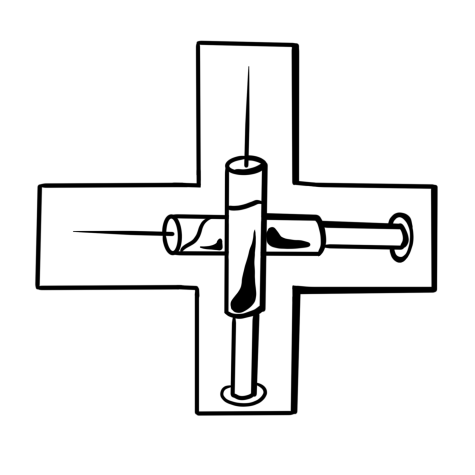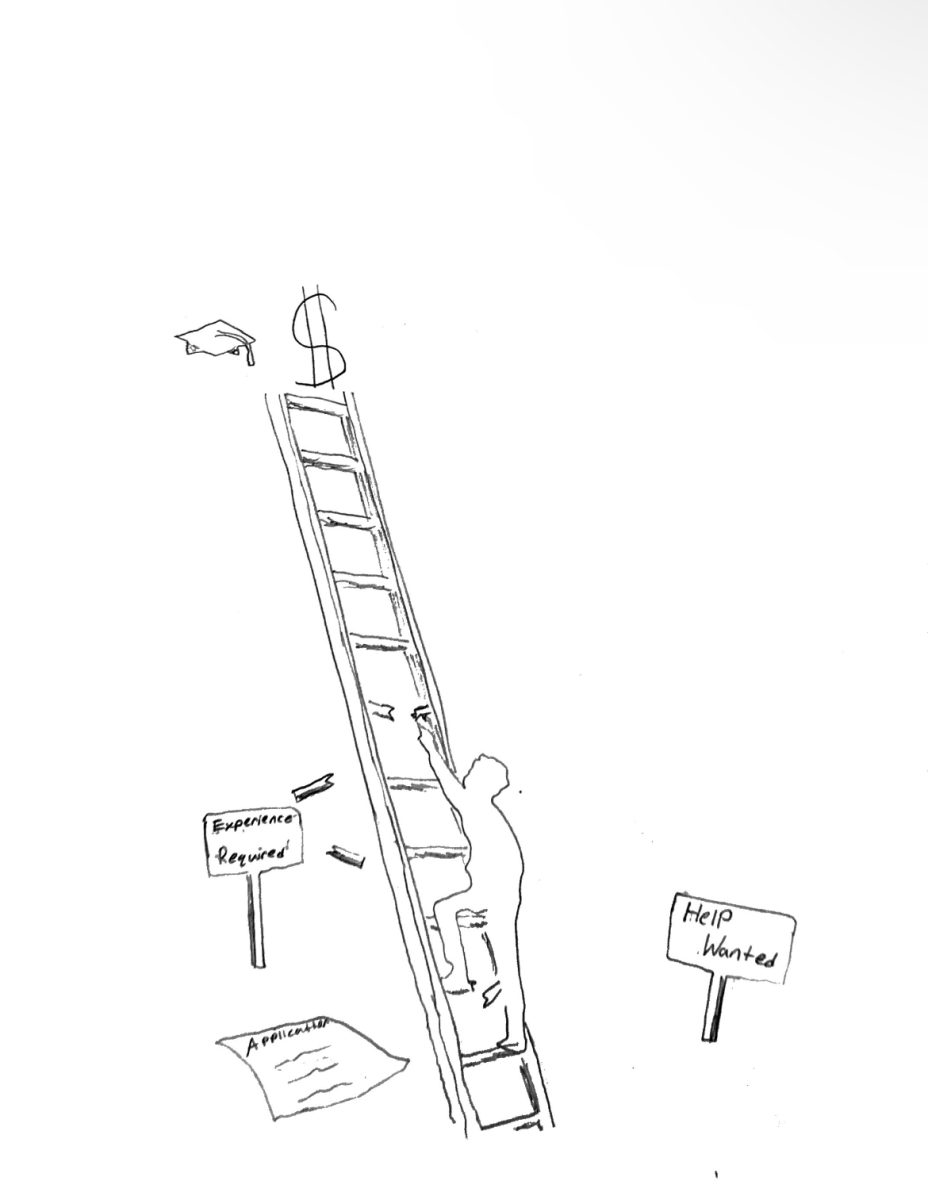“I have long supported the cutting edge of harm reduction strategies,” Governor Gavin Newsom wrote in a veto letter. “However, I am acutely concerned about the operations of safe injection sites without strong, engaged local leadership and well-documented, vetted and thoughtful operational and sustainability plans.”
On Aug. 22, 2022, Newsom vetoed a bill that would support legal injection sites across California — a piece of legislation that would be beneficial to the public. Safe injection sites are medically supervised locations where drug users can legally inject pre-obtained drugs in a hygienic and protected environment. Despite the controversy these facilities foster, safe injection sites are crucial in preventing deaths, promoting safe drug usage and reducing the visibility of drug ingestion.

Arguably the most important benefit of safe injection sites is a decrease in drug overdose-related (OD) deaths, which have become increasingly common in our post-modern society. According to the Centers for Disease Control and Prevention (CDC), there were 8,908 OD deaths in California in 2020. This issue is localized to the Bay Area, where in 2021, San Francisco had an average of 53 OD deaths per month, according to a report from the San Francisco Chronicle. Safe injection sites have proven to reduce these deaths, which is crucial in cities similar to San Francisco in size and age demographic. For instance, from 1991 to 2008, a supervised injection site in Barcelona, Spain was credited with a 50 percent reduction in OD mortality. Furthermore, in Vancouver, Canada, in the area surrounding an injection site, there was a 26 percent net reduction in OD deaths compared to the rest of the city. With these examples in mind, it is evident that supervised injection sites successfully mitigate the growing OD epidemic in their respective areas.
Promoting safe drug usage can also diminish the number of drug-related diseases or deaths. One primary problem with injecting drugs is that the needles are not sterilized and can therefore contain infectious bacteria. According to the CDC, “Injection drug use can be a direct route of Human Immunodeficiency Virus (HIV) transmission if people share needles, syringes or other injection materials that are contaminated with HIV.”
Additionally, using drugs can increase the progression of HIV, making a person’s immune system more susceptible to disease and bacteria. Safe injection sites have proven to reduce HIV cases, and, according to a study by the National Library of Medicine, before safe injection sites opened, 15 percent of hospital-admitted drug users were diagnosed with a variety of skin infections. After the site opened, only nine percent were admitted with injection-related infections. Trained medical professionals supervise these facilities, allowing them to properly identify, diagnose and treat patient cases beyond solely HIV related illnesses. Additionally, these professionals can provide users with information to seek help and support on their path to sobriety.
Growing up in a state where marijuana is legal, while other drugs are often used illegally, I am constantly exposed to substance usage. With drugs targeting a younger audience and aiming to influence high schoolers, it is crucial that we work to decrease exposure. Supervised injection sites do just this: they take drug usage off the street and move it to private facilities where the public cannot be motivated. According to an October Bark survey, 66 percent of students have either used drugs in public or seen drug usage in public areas. If people are going to continue to use drugs, it’s necessary that we make it less publicized to younger audiences.

Some argue that supervised injection sites are not the solution, and instead, they exacerbate the issue by taking money out of taxpayers’ pockets. Supporters of this belief point to the fact that a supervised injection site had an annual cost of about $1,222,322, which can be a heavy burden on taxpayers. However, they neglect to show the profit that these sites obtain. For every dollar spent on these operational costs, the injection site generates $4.22 by reducing the amount of hospital care users would seek without these facilities. Additionally, an article by American Family Physician proposed a hypothetical site in Baltimore, Maryland, and concluded that it would create $7.8 million in savings annually. These sites can produce a profit that can support other issues in the U.S., such as poverty and healthcare.
Although there are arguments against injection sites, illegalizing most drugs has only pushed the activities underground while maintaining high usage rates. If we can’t stop people from taking drugs, then at least we must make sure that they are not dying from overdoses or influencing a younger audience.
“Coming to a safe injection site, [users] find a place that has kind people who are willing to assist with things that reduce the suffering of untreated substance use disorders,” Dr. Christopher Johnston, the chief medical officer at Pinnacle Treatment Centers, said. “It appears to motivate people to take incremental steps toward better health, and sometimes toward participating in conventional substance use disorder treatment.”







